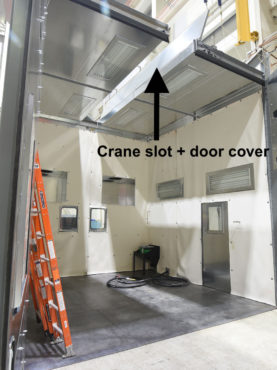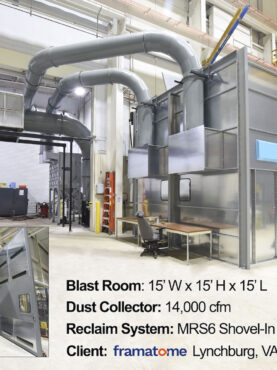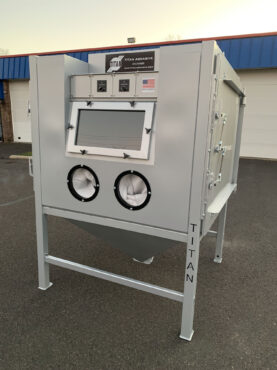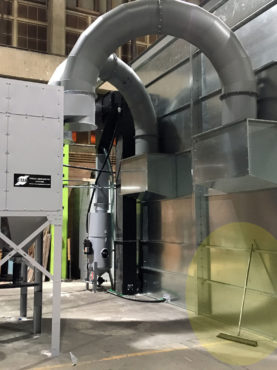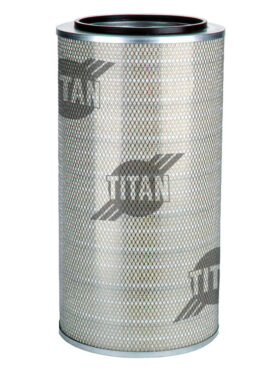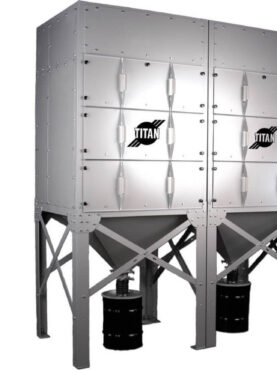

Preparing for a Titan Blast Room Installation
Whether you’re installing a Titan pre-built blast room package or you’re having our team install a custom engineered blast room for you, the installation process itself requires a fair amount of preparation.
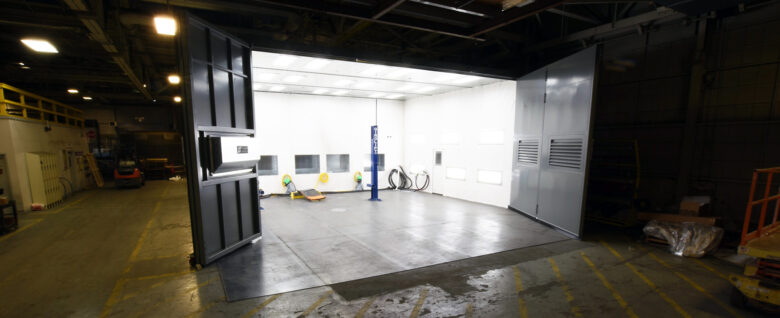
1. Carefully consider the location
Due to their size, blast rooms can be quite difficult to relocate once they’ve been installed, so you’ll want to consider the following:
- Ceiling height – Be sure the location will allow for proper installation of ductwork, dust collector height, and bucket elevator.
- Support beams/obstructions – Blast rooms need to be free and clear of these items, including any floor obstructions.
- Manufacturing processes/workspaces – Blast rooms are noisy and dusty, which means you don’t want to place yours near people working, such as on a manufacturing line, or near paint booths, machining equipment, and offices.
- Access – For larger drive-in booths, determine you’ll have enough room to fully open the doors and allow equipment to drive through. Don’t forget man doors as well.
2. Create floor layout with approved signatures
Once you’ve considered the location of your blast room, you’ll need to provide Titan with a basic floor plan of the area, including dimensions and any obstructions. Photos are a huge help.
Titan will take this information and design an engineered layout drawing showing the locations of electrical and air drops, as well as equipment and ductwork configuration for your signed approval.
Last minute changes can significantly impact the design and proper function of your blast room, resulting in additional labor and material costs.
Worst case scenario, installation can be delayed for weeks due to the blast room needing design or size adjustments.
A delayed blast room installation will end up costing a great deal of money, so be sure you’ve taken the time to properly spec out your blast room location!
3. Have all electrical and compressed air feeding from main building supply to the blast room, per approved layout drawing, completed before installation day.
Titan recommends purchasing a main electrical control panel for your blast room. If not purchased from Titan, you’ll be responsible for having the electrical components listed below installed prior to the installation team’s arrival.
- Motor starters
- Fused disconnects
- Start/Stop stations
- Power supply for lights, dust collector, pressure vessel, elevator, etc.
Electric feeding from the main building power to the blast room area main control panel or motor starters is your responsibility. Electric feeding must be pre-run to the main control panel’s future location per approved layout drawing prior to the arrival of the Titan installation team.
If the electrical and/or compressed air isn’t ready to go on installation day, Titan can still install your blast room, but we can’t perform any testing or train your team on how to use the various components.
4. Plan for installation downtime
Depending on the size and complexity of your blast room, it can take 4 – 12 days to install.
You’ll want to ensure there’s enough room to work around the installation area and room for staging and unpacking.
5. Have equipment ready to proceed with your blast room installation
Titan installers will require the coordination/assistance of your electrician and your shop’s production manager, so be sure they’re both available during the installation time period.
The equipment needed during installation includes:
- Shop forklift – 5,000 lbs minimum
- Man lift
- Welder
- Plasma cutter
If you have questions about Titan installing your blast room, please call us.
Our turnkey installation service includes all equipment installation, as well as training your personnel on how to use blast room components and perform ongoing maintenance.
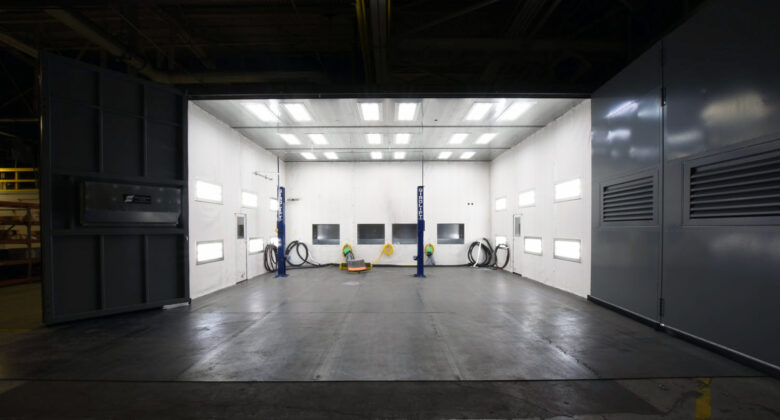
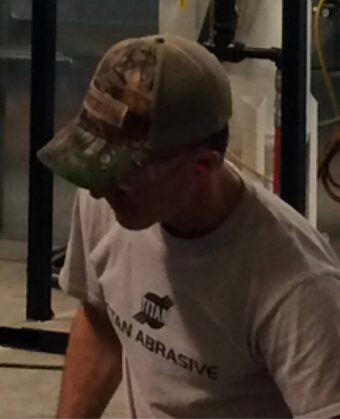
Ken Cloonan: Chief Installer
With over 30 years of experience, Ken ensures blast rooms are installed on-site per specification, provides on-site training, and oversees the installation crew.
Ken has worked with Titan for over 30 years, beginning as a welder and now is one of the company’s most valuable assets. His hands-on knowledge and expertise is invaluable. He works to ensure all Titan blast rooms are installed on-site per specification, provides on-site training, and oversees the installation crew.
Ken has owned and operated one of the east coast’s premiere media blast facilities since 1992.


